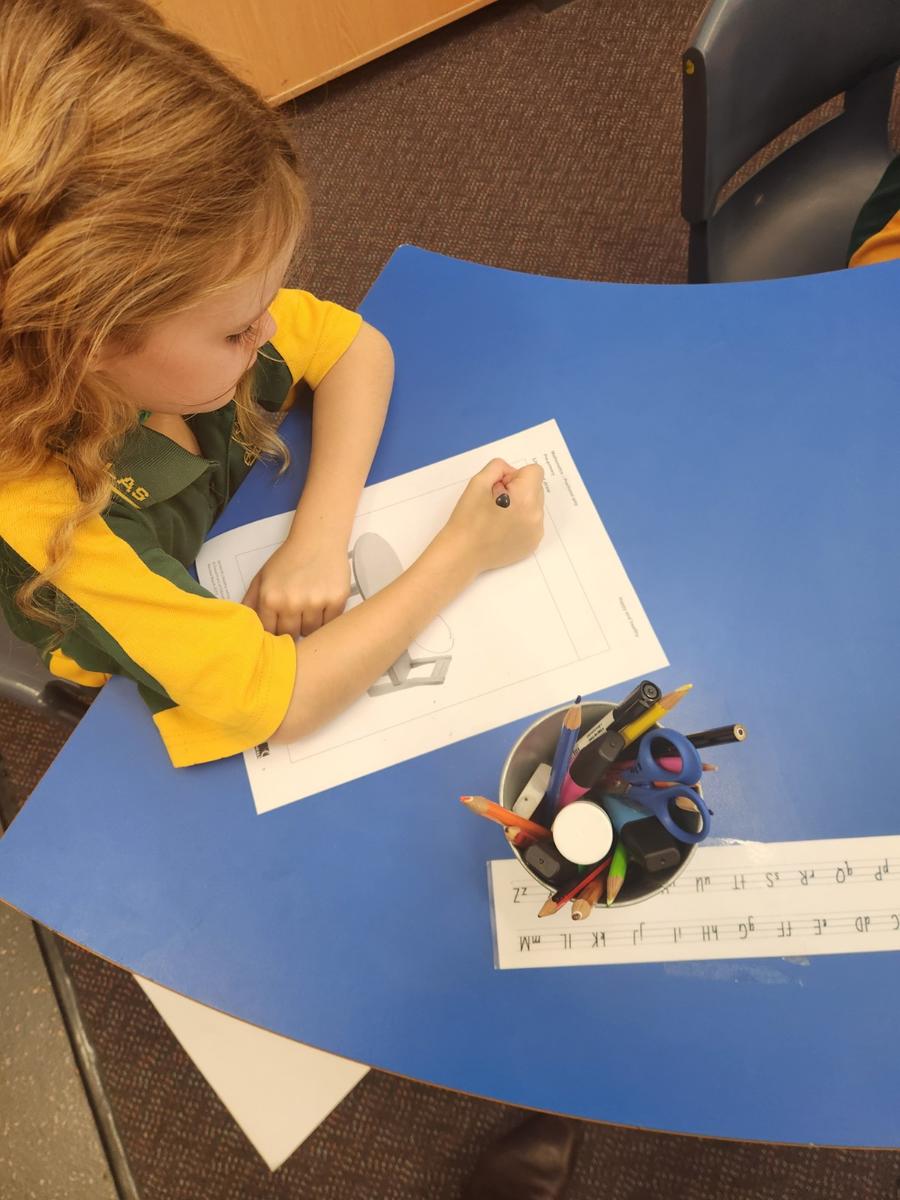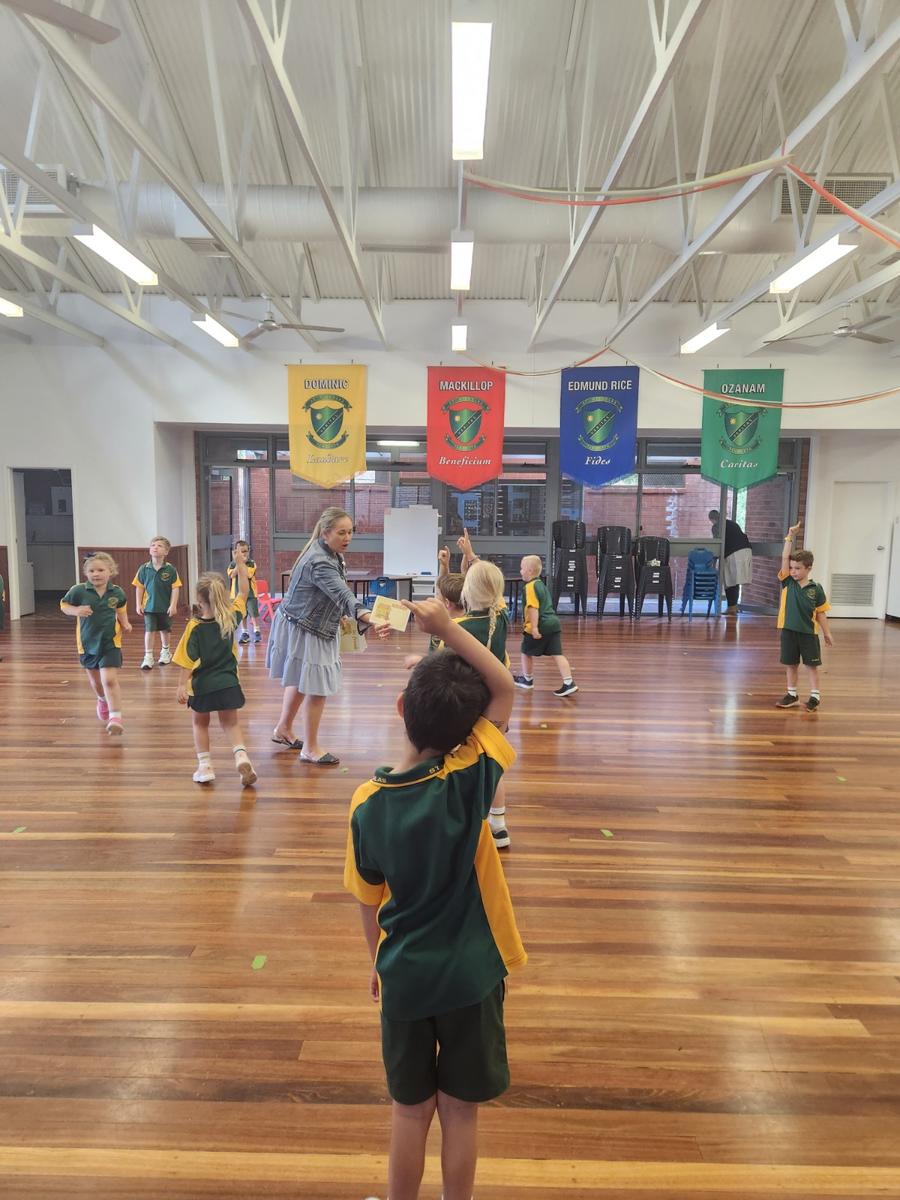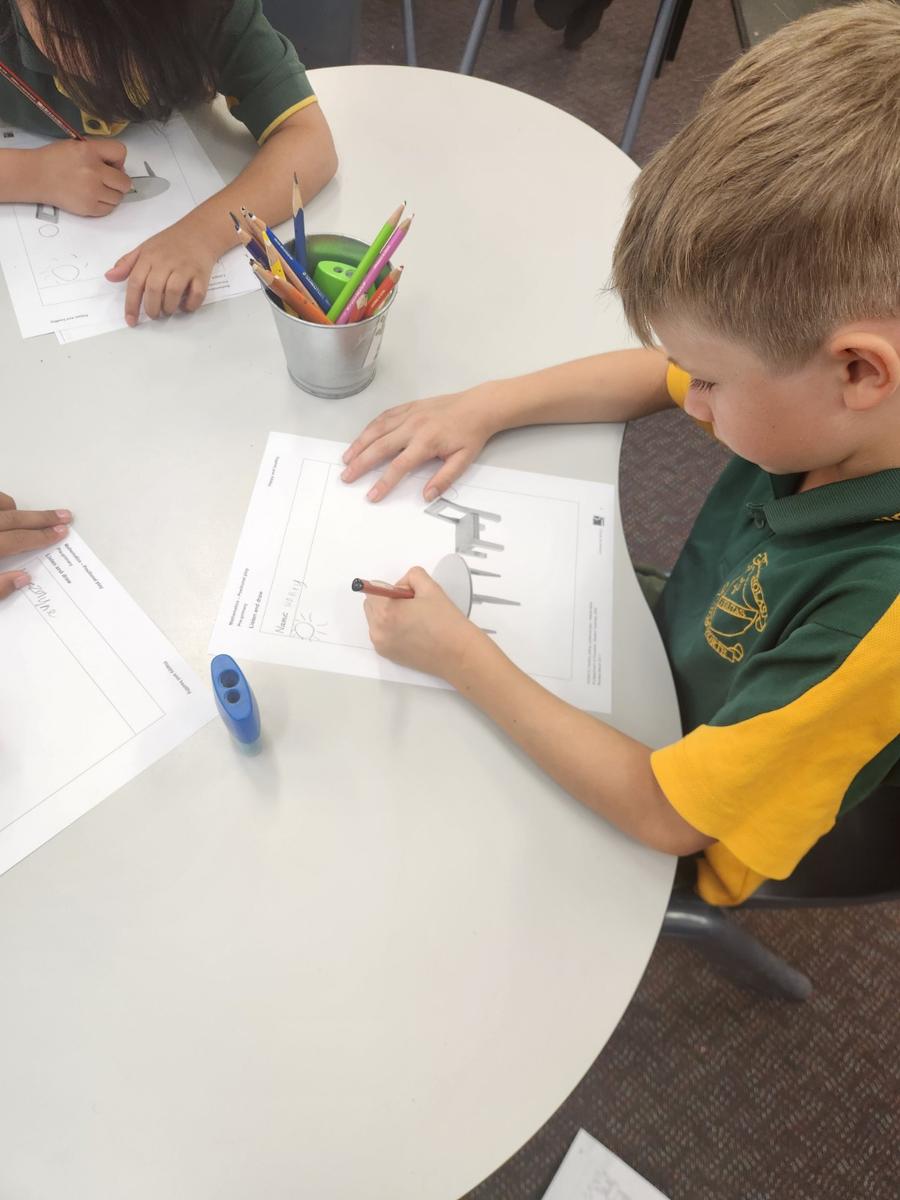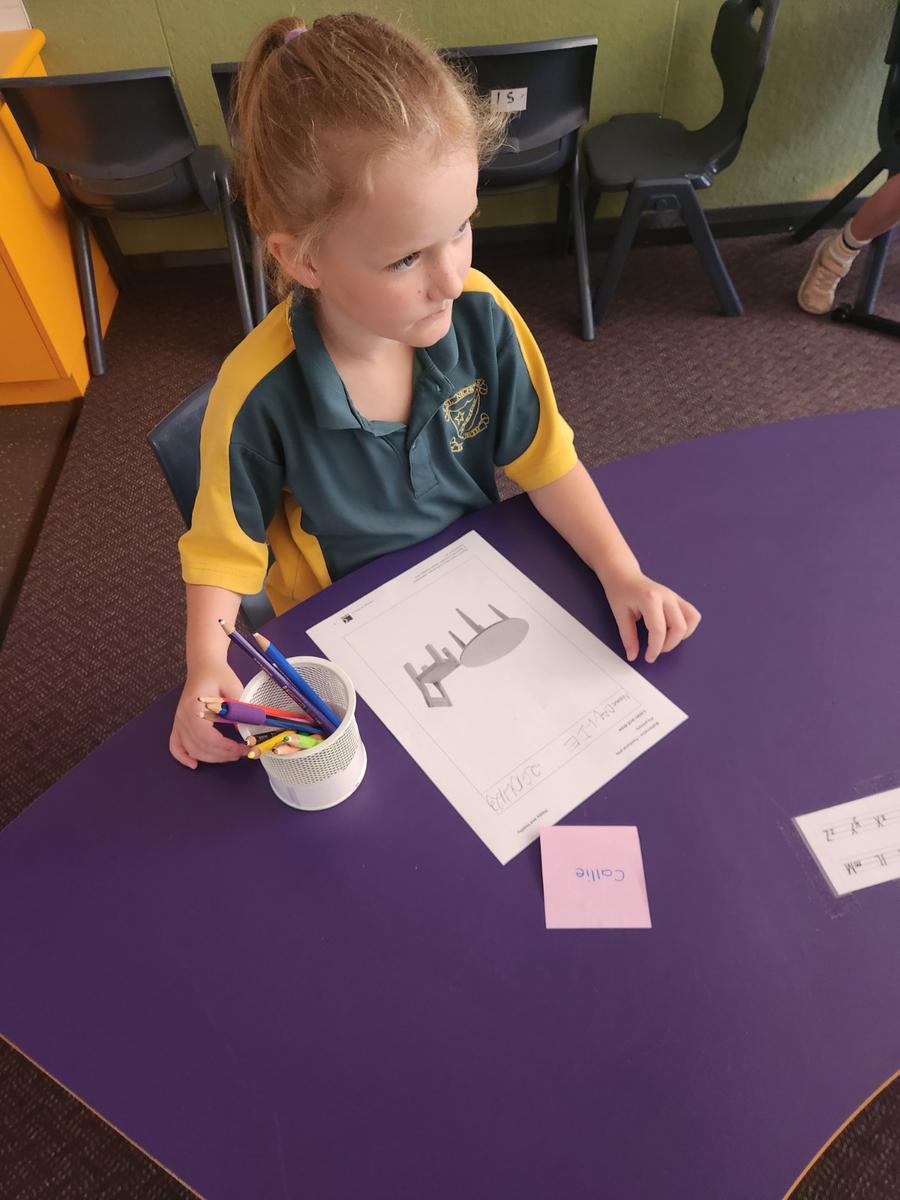SPOTLIGHT

MaST
This week in Maths Kindergarten, Year 1 and Year 2 have all been exploring the concept of Position. As part of the new NSW Mathematics syllabus there is increased emphasis on the use of positional language. Students have been working on using positional language, placing themselves or objects in a given position, or describing objects in a given position.
What is Positional Language?
Positional language words refer to where things are positioned or where they appear in relation to other things. We also call these “prepositions,” and you may have memorised a list of these words at some point in school. Teaching your kids this positional vocabulary through games and activities will help them grasp the concepts and give them some early mathematics and geography skills. Having an understanding of position in space and how things relate to each other is part of a child’s cognitive development.
In Kindergarten, students will learn to identify left and right. They will use the terms ‘left’ and ‘right’ when referring to familiar tasks, for example ‘I hold my pencil in my left hand’, ‘I put on my right shoe first’. Knowing left and right is essential to everyday life as these terms are used with many things from labelling/describing shoes, to crossing the road, to telling someone which direction to go.
Students will be using simple positional language such as ‘inside’, ‘outside’, ‘on’ and ‘off’ to direct where objects need to be placed. Practise with a collection of small everyday items such as a cup, plate, book, shoe, teddy bear, etc that can be moved into different positions. They will also use positional language such as ‘between’, ‘next to’ and ‘behind’ to position objects in relation to themselves.






